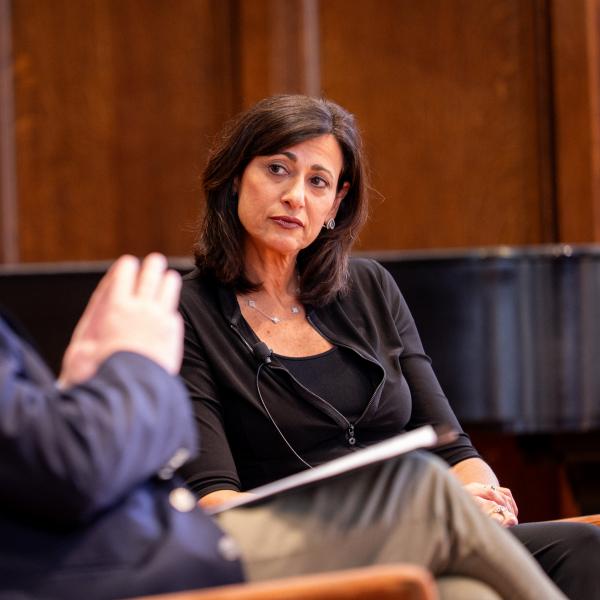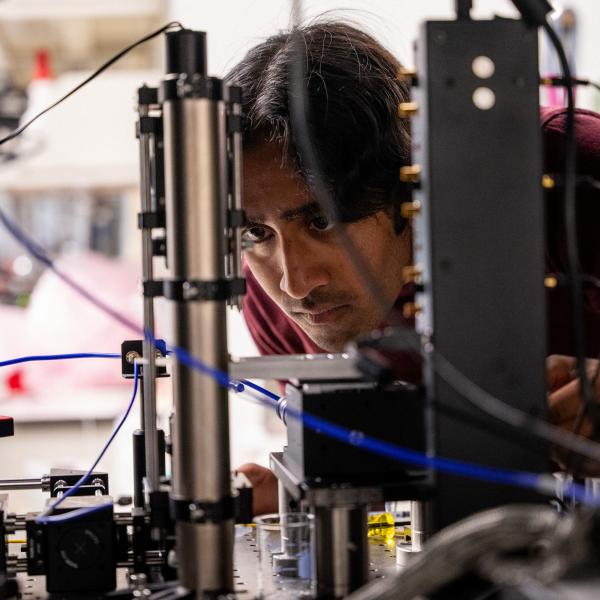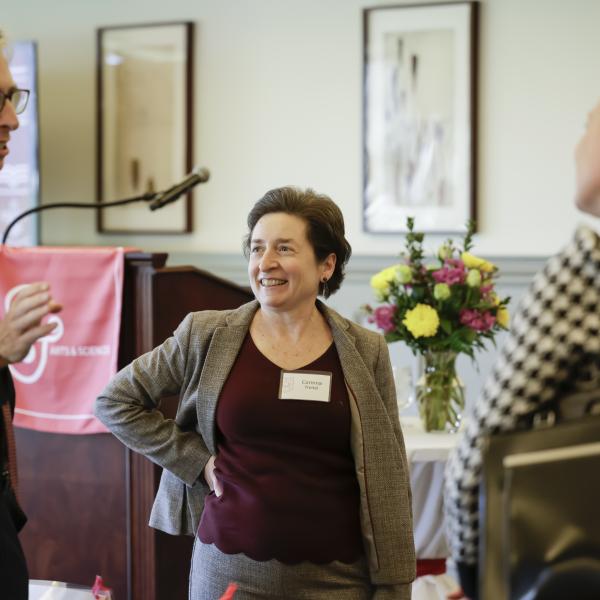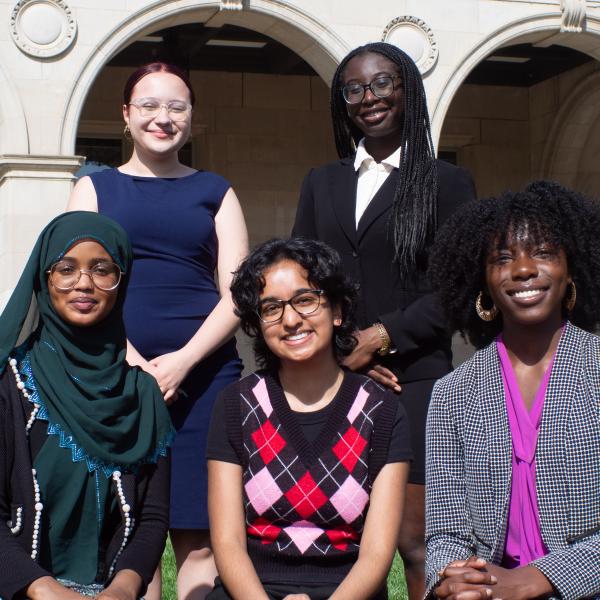An accurate analog clock tick-tick-ticks with a constant precision and well known frequency: one tick per second. The longer you let it tick, the better to test its accuracy — 10 times as long corresponds to a ten-fold improvement in any frequency uncertainty. But is there a faster way to determine a frequency?
It turns out there is, in a new discovery published this week in Physical Review Letters through a collaboration between Washington University in St. Louis and the University of Rochester.
The speed-up in frequency measurement comes from quantum mechanics. When a quantum bit is used to measure the frequency of a signal, the strange rules of quantum mechanics allow the frequency measurement to be much more accurate. The technique hinges on the ability to put the quantum bit in a superposition of its two quantum states, and then shift these states around in time with the signal.
Kater Murch, assistant professor of physics in Arts & Sciences at Washington University, along with Arts & Sciences graduate student Mahdi Naghiloo and theory collaborator Andrew Jordan of the University of Rochester described the technique as a “quantum magic trick.”
“It’s reminiscent of the magic tricks that involve a ball placed under one of two cups and the cups are shuffled around — except this time, the ball can be under both cups at the same time,” Murch said. “The resulting speedup in frequency measurement is astonishing. Now, by measuring for 10 times as long, the frequency uncertainty can be reduced by a factor of 100 — enabling enhanced resolution of the frequency beyond any other technique of its kind.
“Earlier theory work published by the Jordan group this year has proven in two separate papers that the technique applied in this paper is the theoretical optimum that quantum mechanics allows.”



